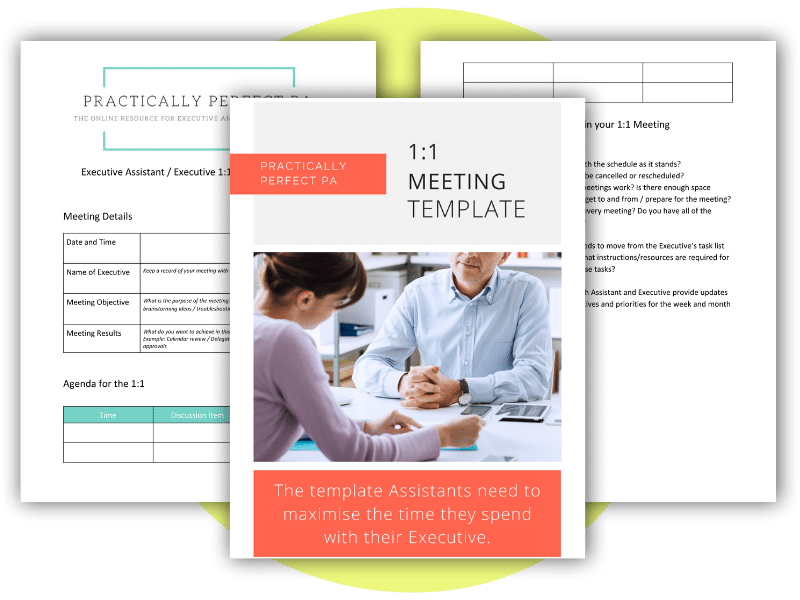The science of confidence: A four-step framework for personal growth
Confidence is a powerful attribute everyone is born with, but as we grow, our self-assurance tends to diminish due to various factors. Understanding the brain science behind confidence is vital to reclaiming and cultivating it in our lives. In a recent Practically Perfect PA Virtual Summit, Dr Madeleine de Hauke explored the neuroscience of confidence and presented a practical four-step framework to help Assistants build their confidence and thrive in their personal and professional lives. This article will share the science of confidence: A four-step framework for personal growth.
The brain science behind confidence
Our brain can be divided into three parts: the reptilian brain (the most ancient part), the mammalian brain (the middle part), and the primate brain (the most advanced part). The subconscious mind, comprising the reptilian and mammalian brains, is responsible for our feelings of confidence or lack thereof. Understanding this process allows us to take control of our confidence and unlock our full potential.
- The Reptilian Brain: This ancient brainstem’s primary function is to avoid pain and protect us from danger. It triggers fight, flight, freeze, or fawn responses when it perceives potential threats. In professional settings, this may manifest as blaming others, avoiding situations, freezing, or negative self-talk.
- The Mammalian Brain: The middle brain determines whether something is good or bad and seeks out satisfaction. It also stores emotional memories, often related to past painful experiences. The mammalian brain influences our confidence levels, as it can remember and respond emotionally to situations that resemble past negative experiences.
- The Primate Brain: The neocortex is our most advanced brain, capable of logical thought, creativity, and innovation. The primate brain’s primary role is to foster connections and belonging. By using our primate brain to control our thoughts, we can suppress the negative reactions from our reptilian and mammalian brains.
The four-step framework for cultivating confidence
Step 1: Identify Your Superpower
A superpower is a skill or talent that comes naturally to you, energizes you, and is valuable to your manager. It is often something you take for granted but can significantly contribute to your professional growth. To identify your superpower, consider what you instinctively do when planning a holiday. Is it innovation, planning, researching, finding quick solutions, or stabilizing situations? Recognise how your superpower generates energy and benefits your manager.
Step 2: Clarify Your Purpose
Before any significant conversation or meeting, be clear about what you want to achieve. Define what you want to hold in your hand at the end of the interaction. By repeatedly asking yourself what is essential about that, you’ll identify the core purpose of the conversation. This clarity will empower you to communicate effectively and pursue your goals confidently.
Step 3: Think Like Your Executive
Put yourself in your Executive’s shoes to understand how your superpower can benefit them. Consider how your skills and objectives align with your manager’s needs and responsibilities. This exercise will help you create a win-win situation by framing your proposition in a way that makes it easy for your manager to make a decision.
Step 4: Present Your Proposal Confidently
With your superpower, purpose, and understanding of your manager’s perspective in hand, confidently present your proposal or ideas. Make it easy for your manager to accept by providing clear options or solutions. You are more likely to achieve positive outcomes when you demonstrate confidence and present your ideas coherently.
Confidence is not an inherent trait but a skill that can be developed and cultivated with the right approach. By understanding the brain science behind confidence and implementing the four-step framework, individuals can regain their self-assurance and excel in various aspects of their lives. Embrace your superpower, clarify your purpose, think from your Executive’s perspective, and confidently present your ideas to unlock your full potential and foster a more fulfilling and successful journey.





